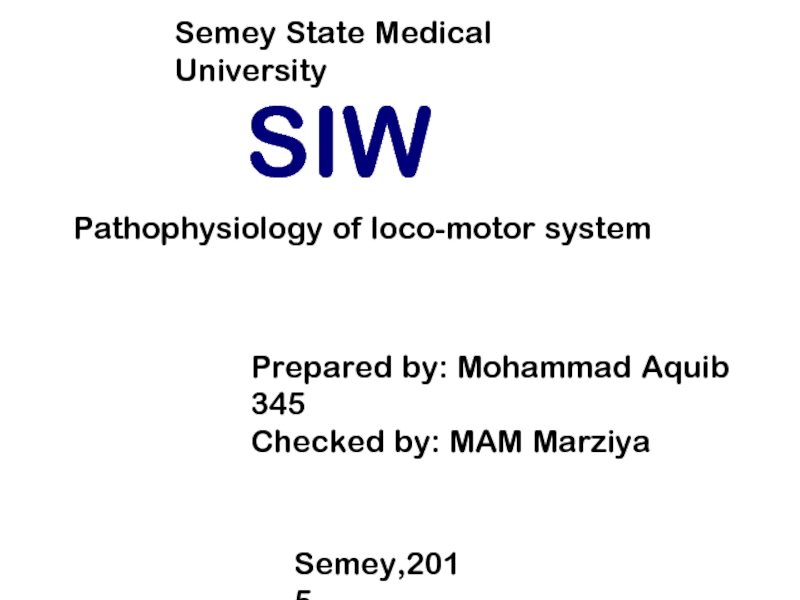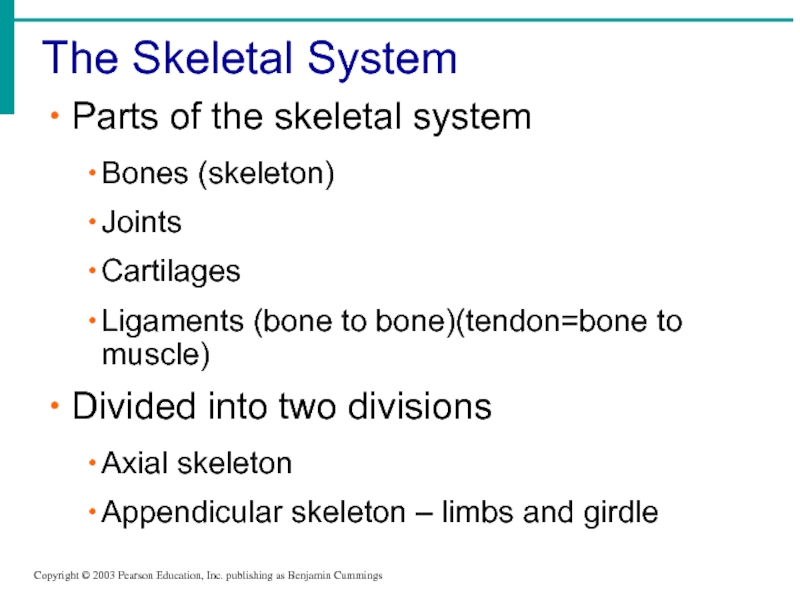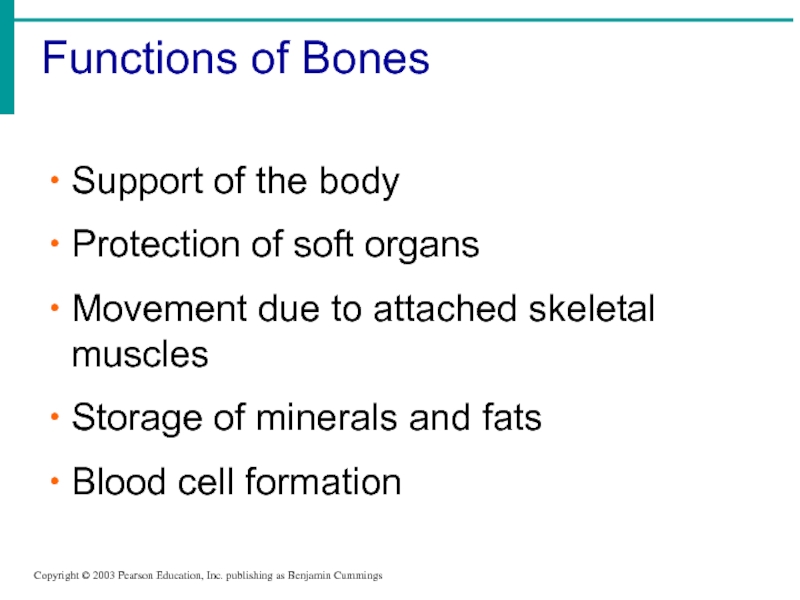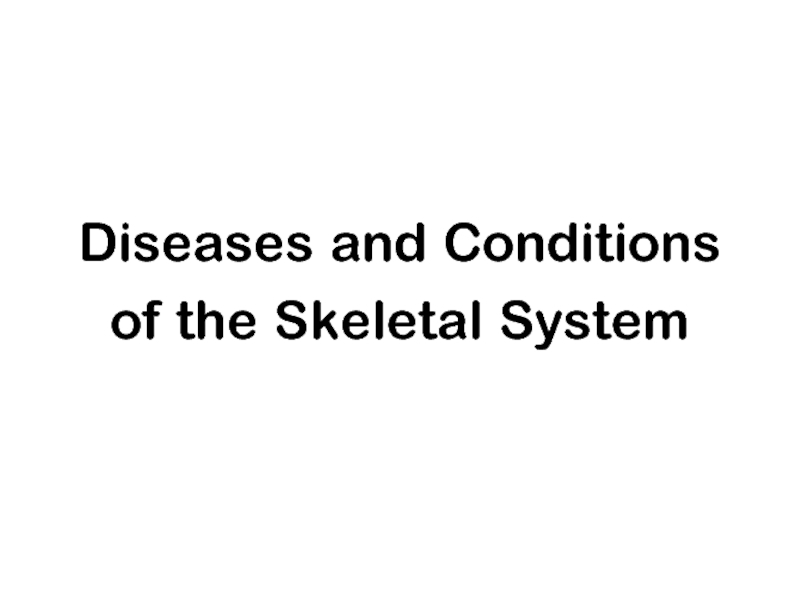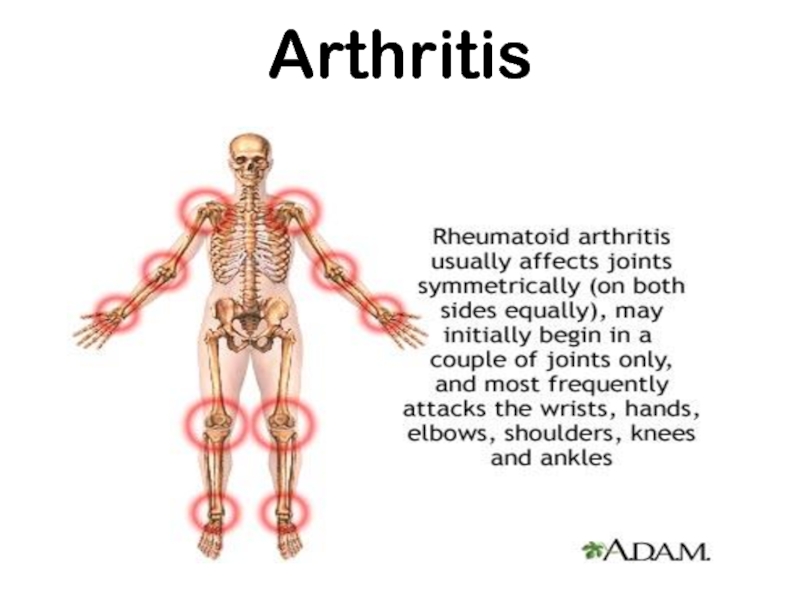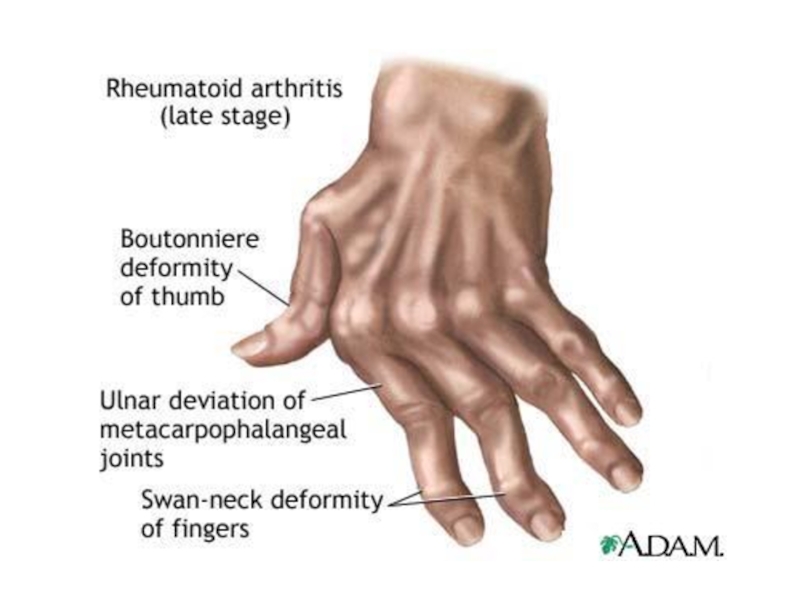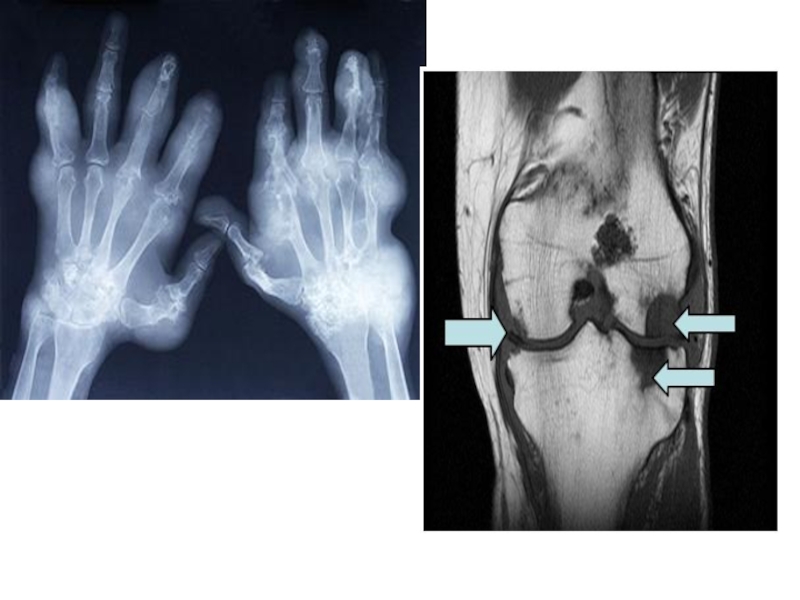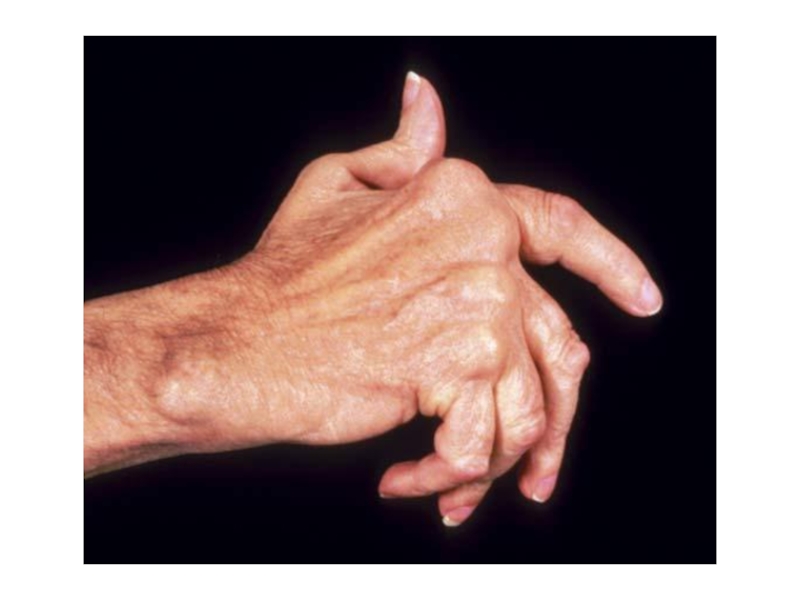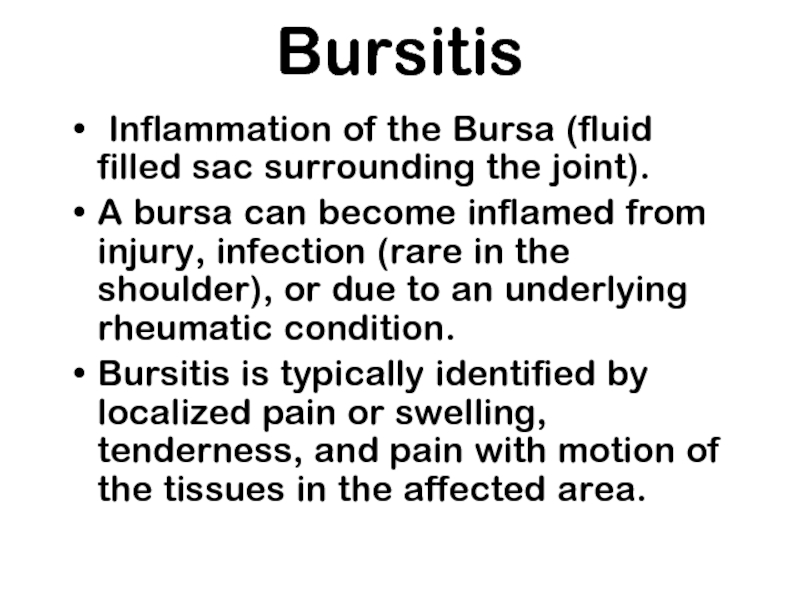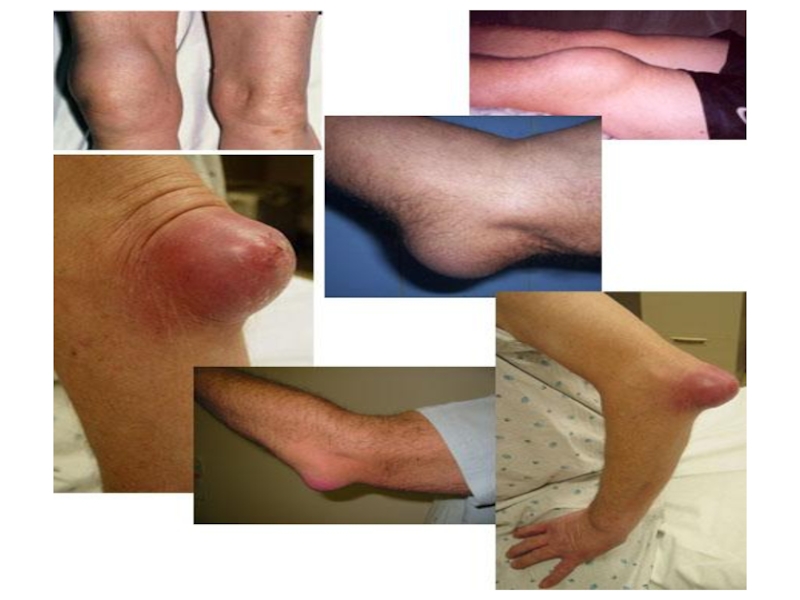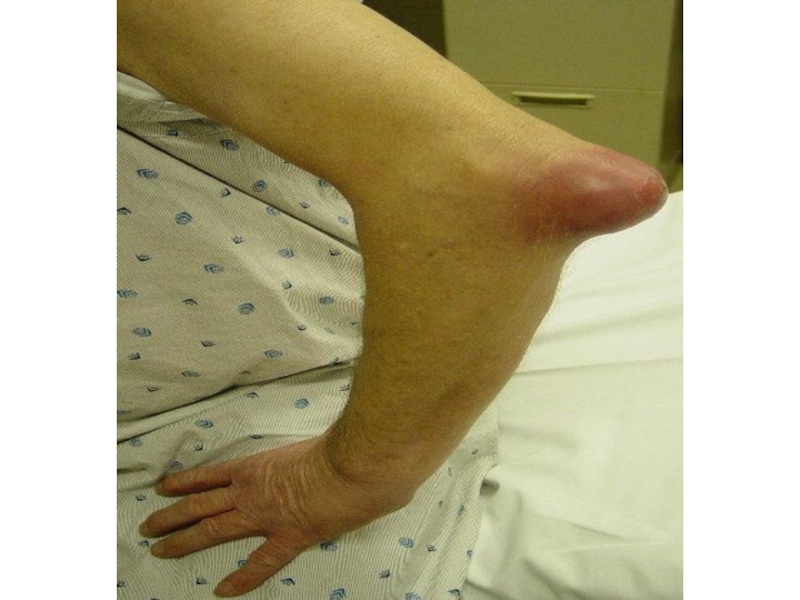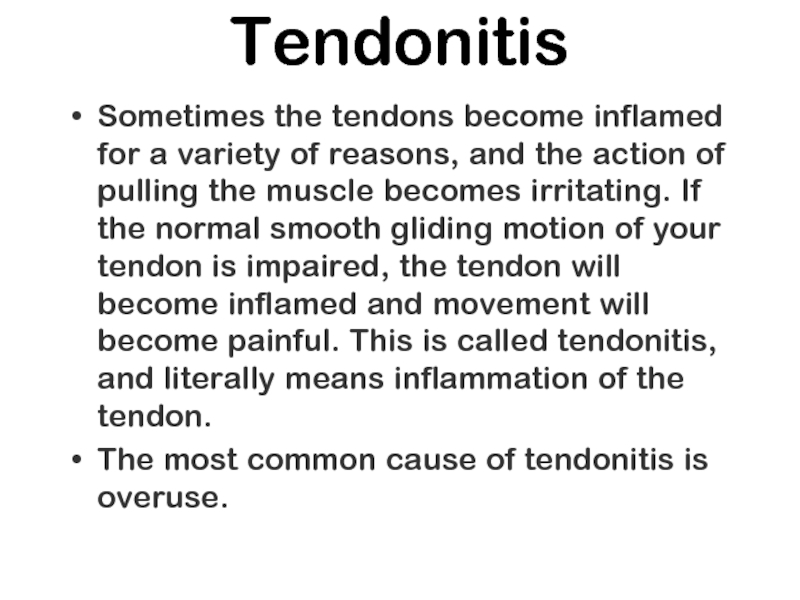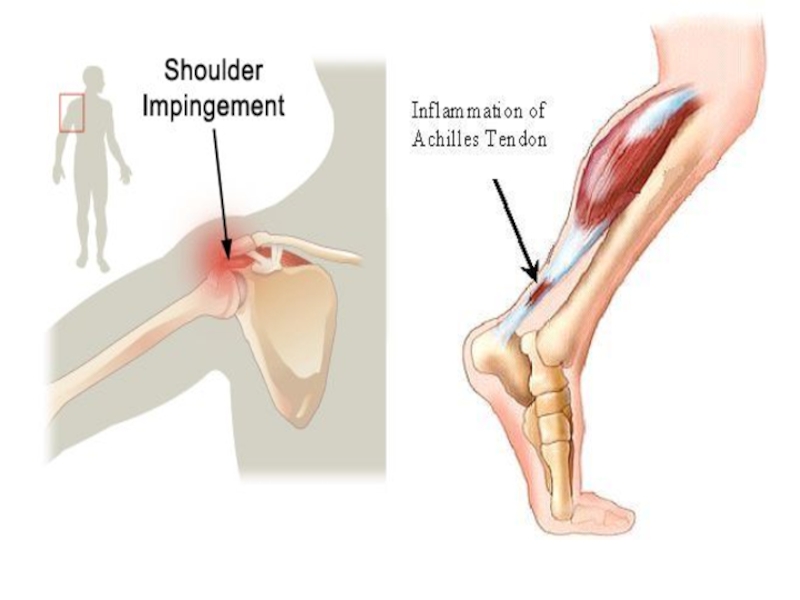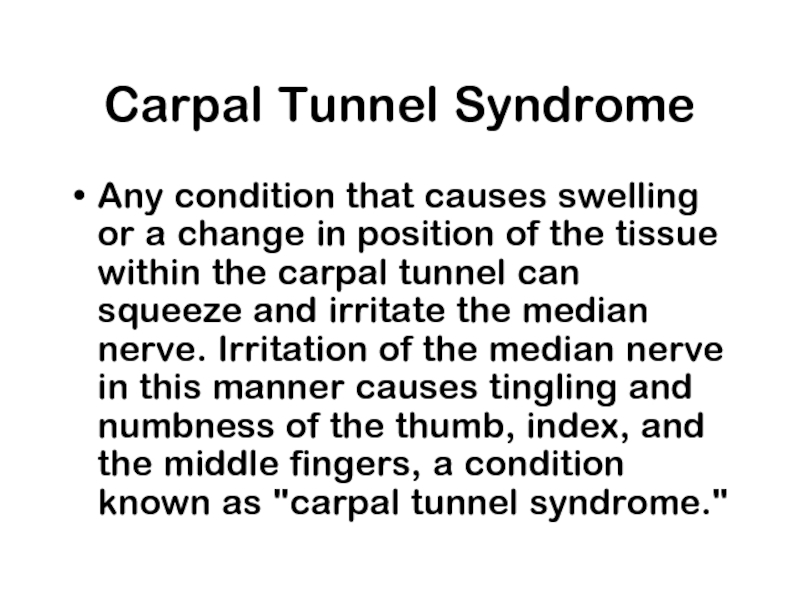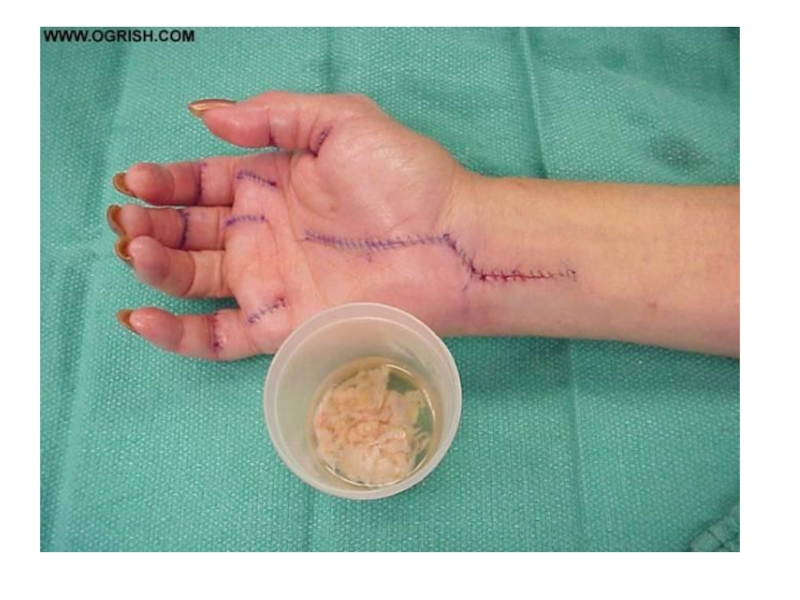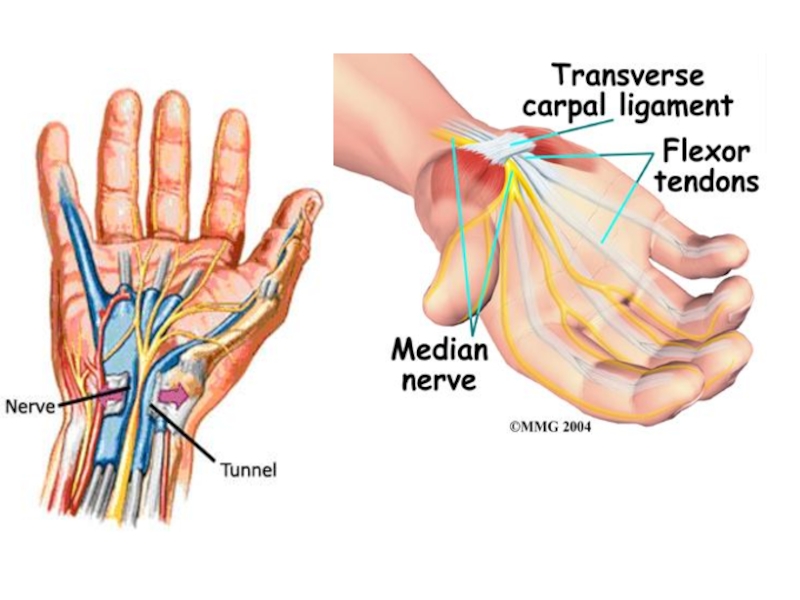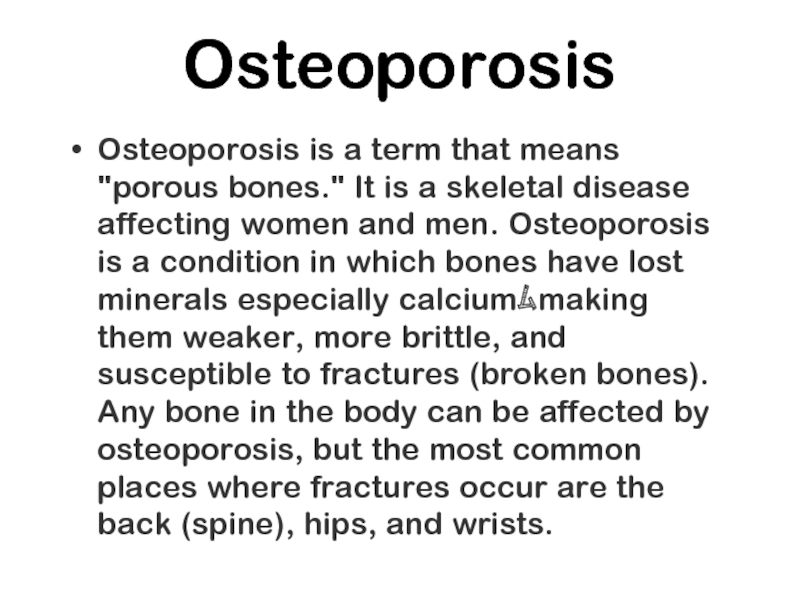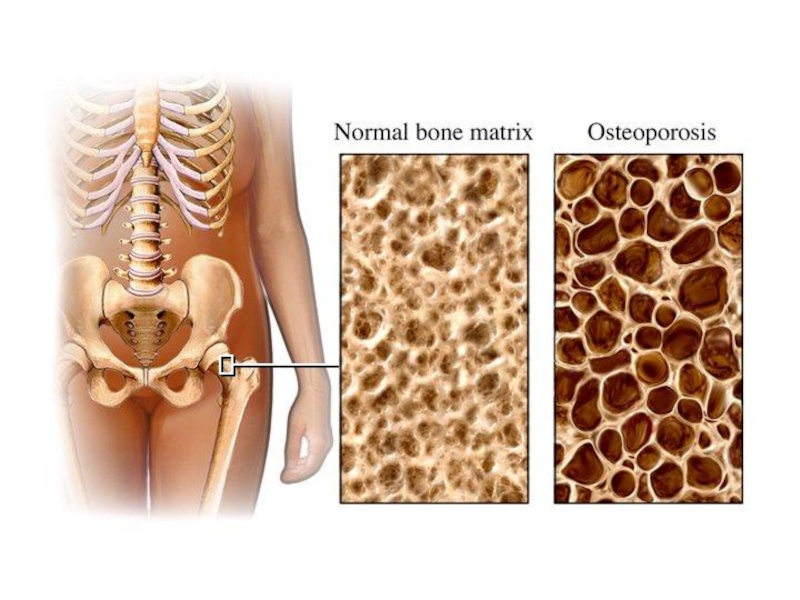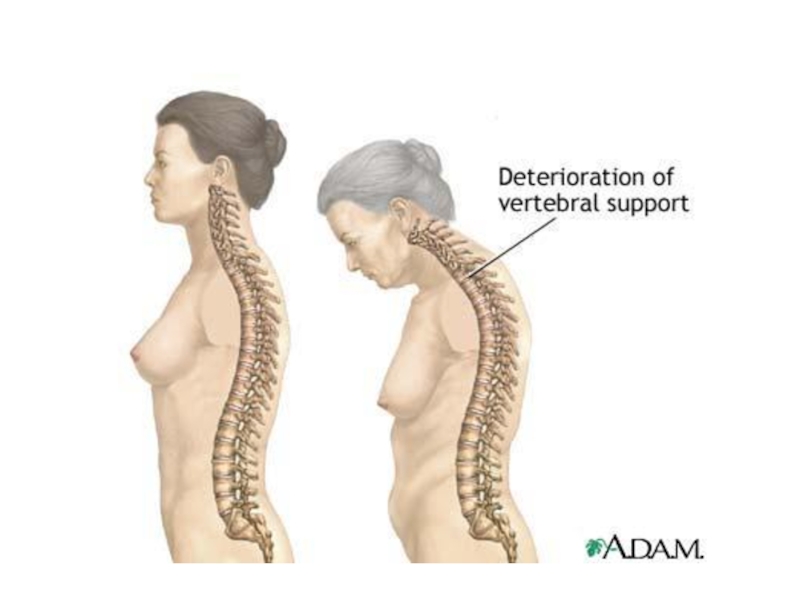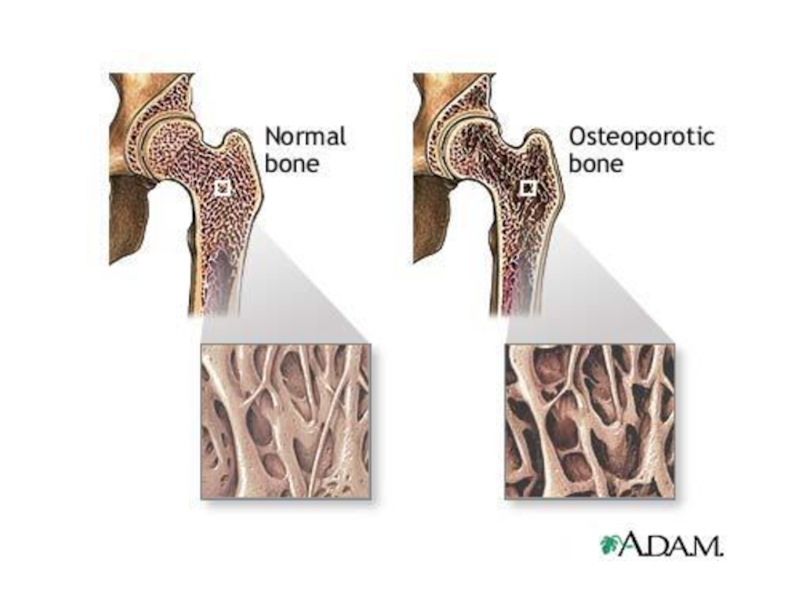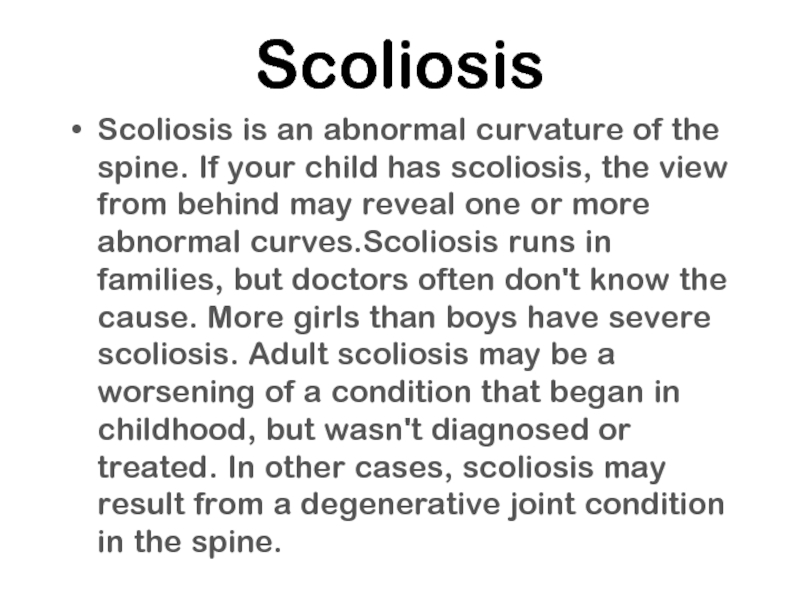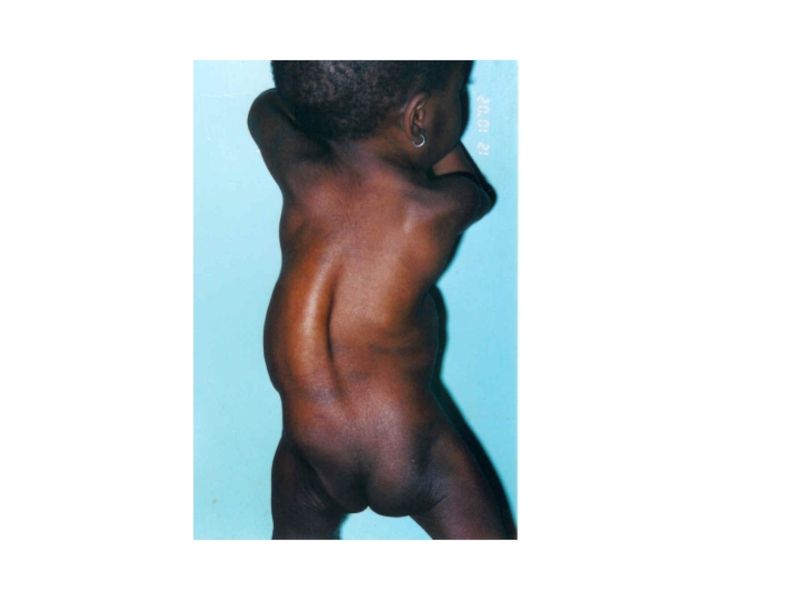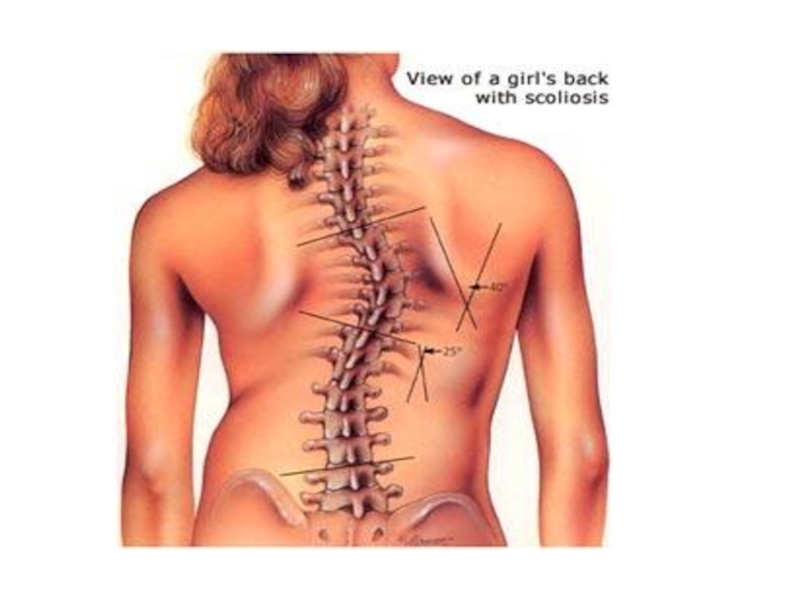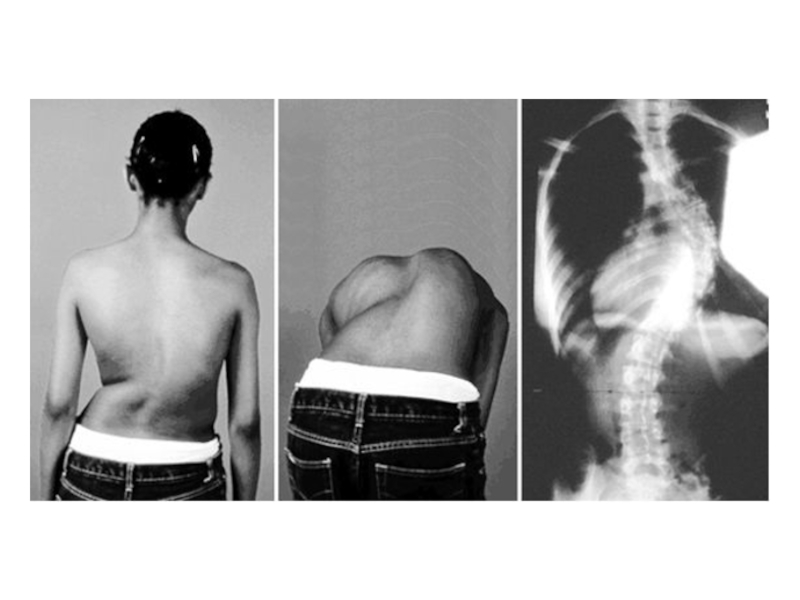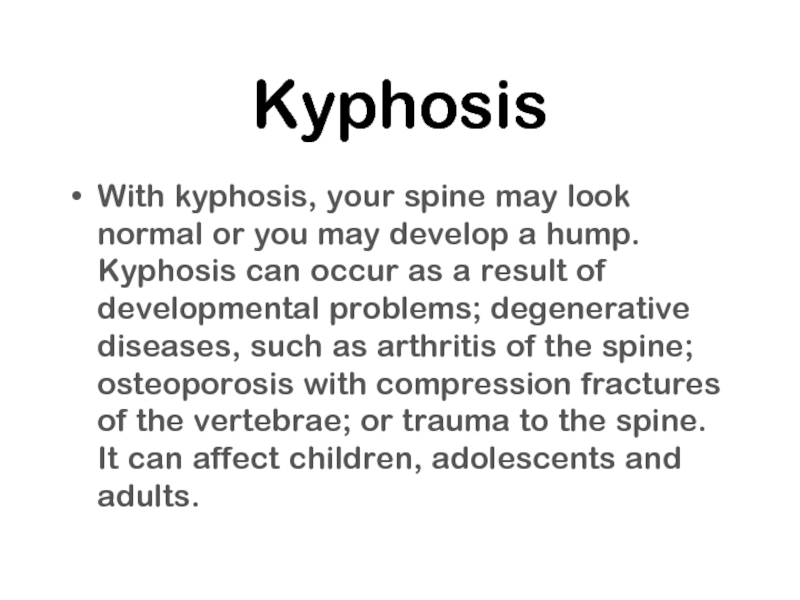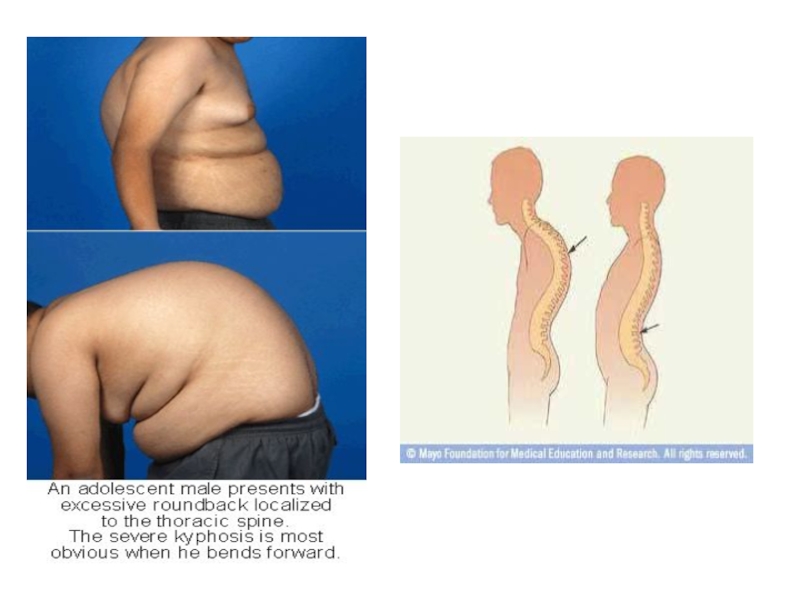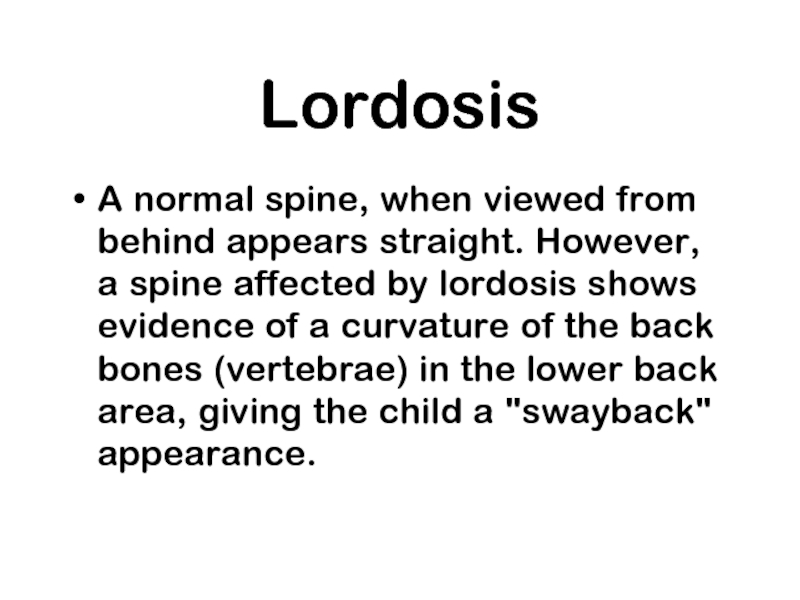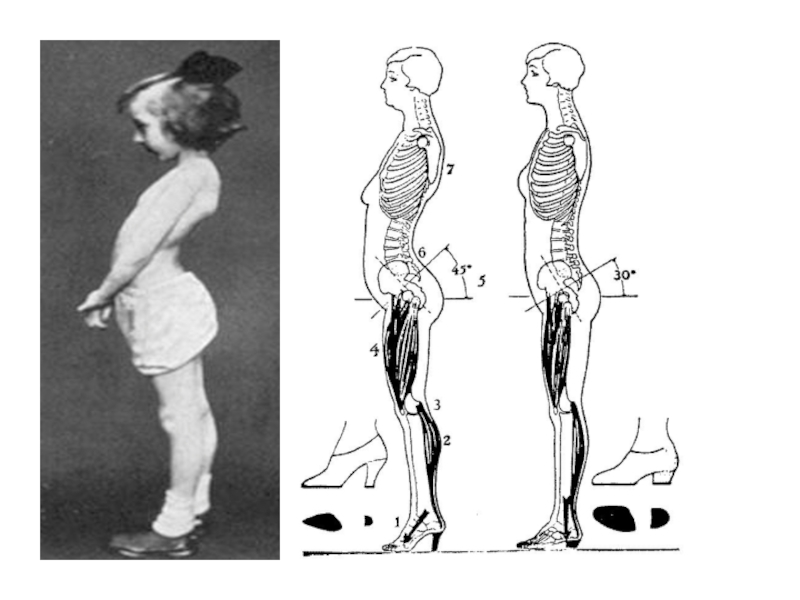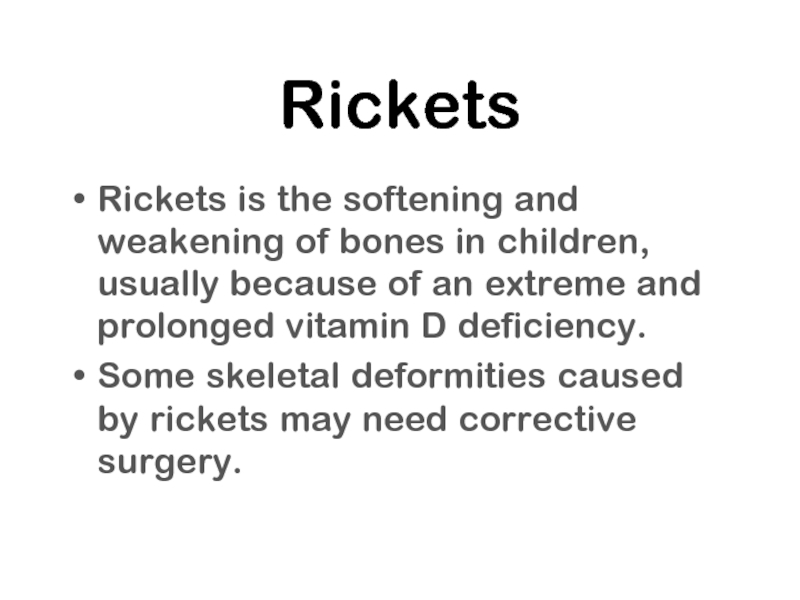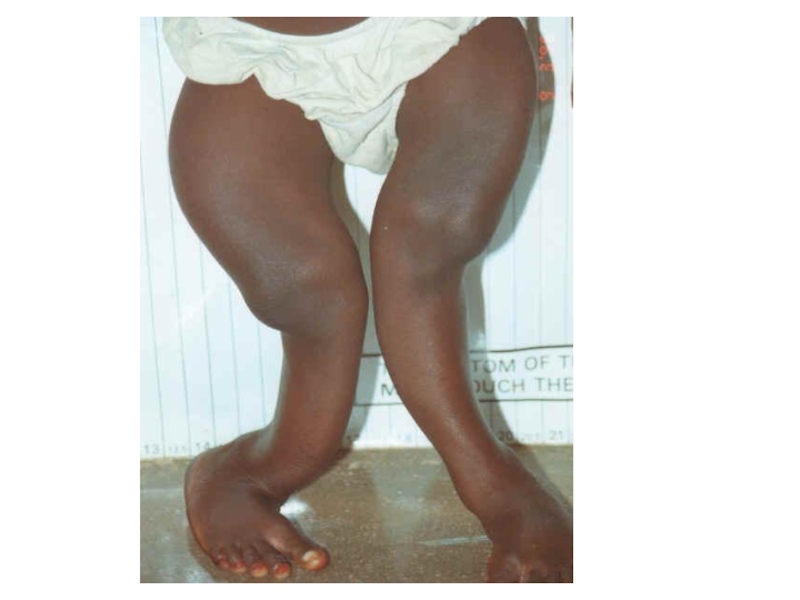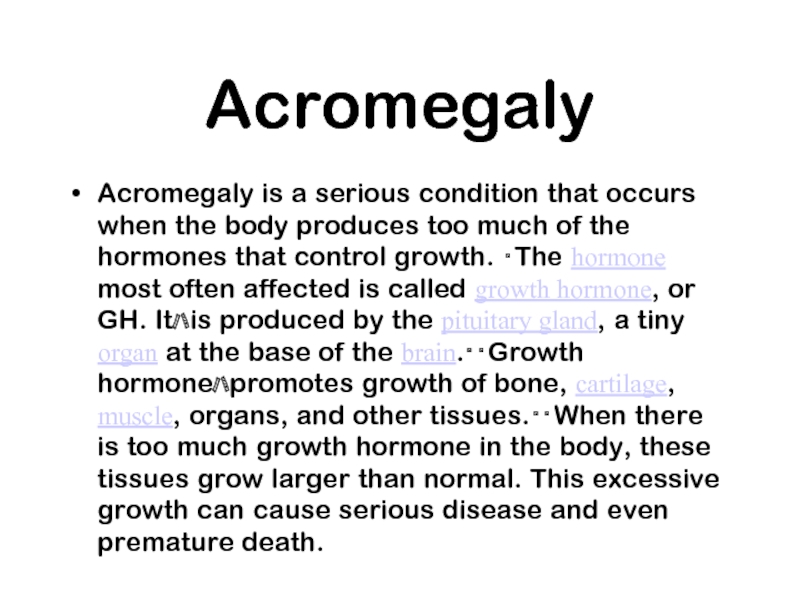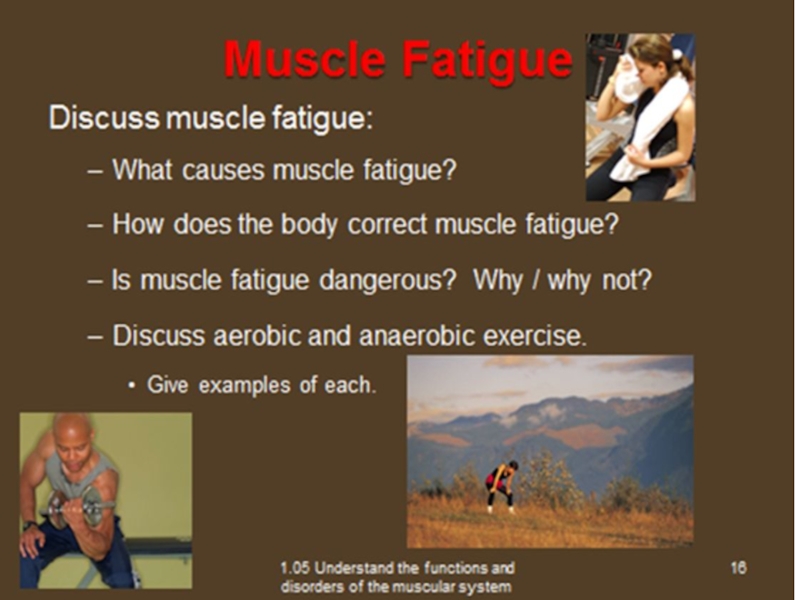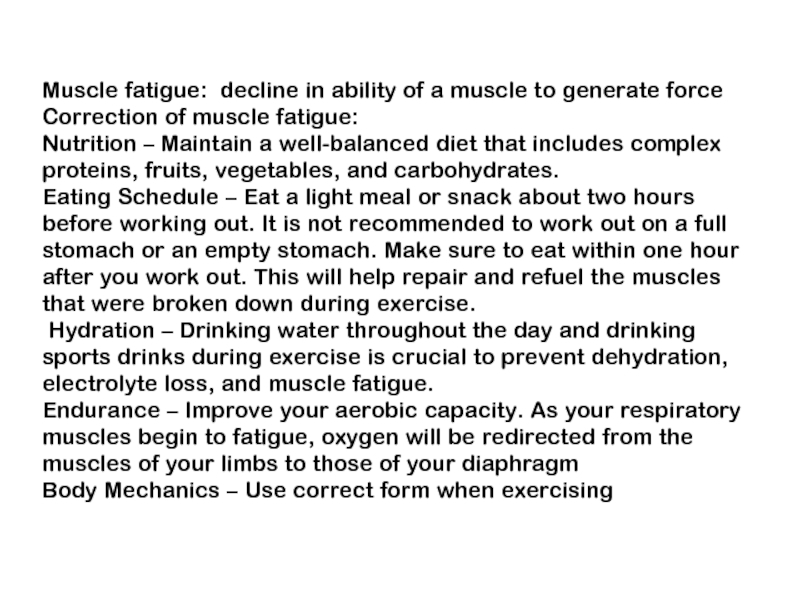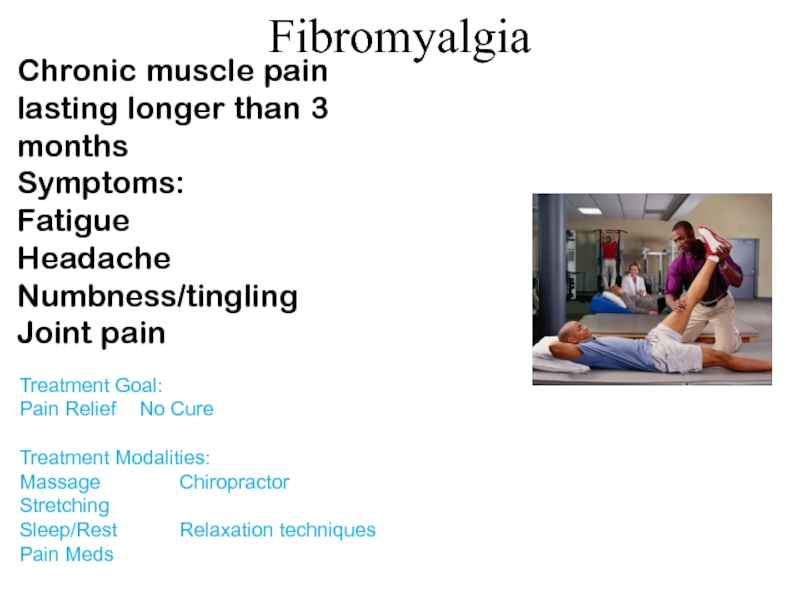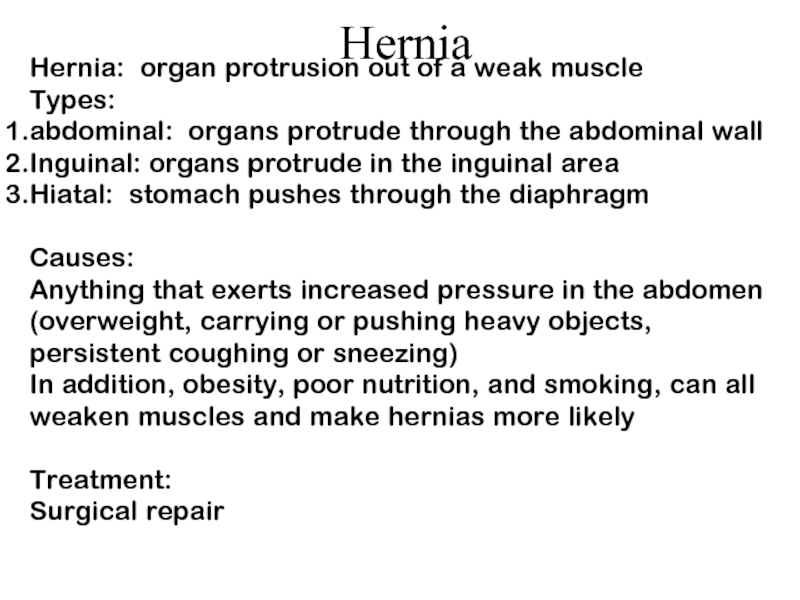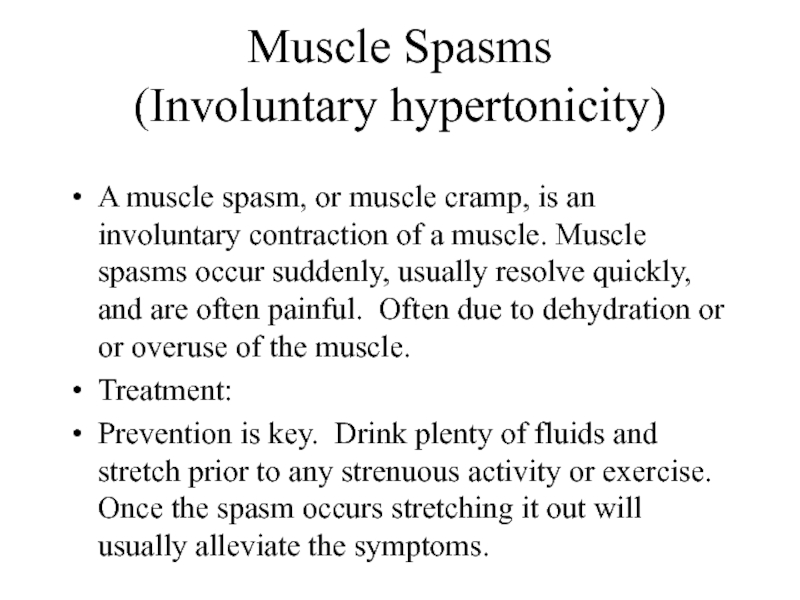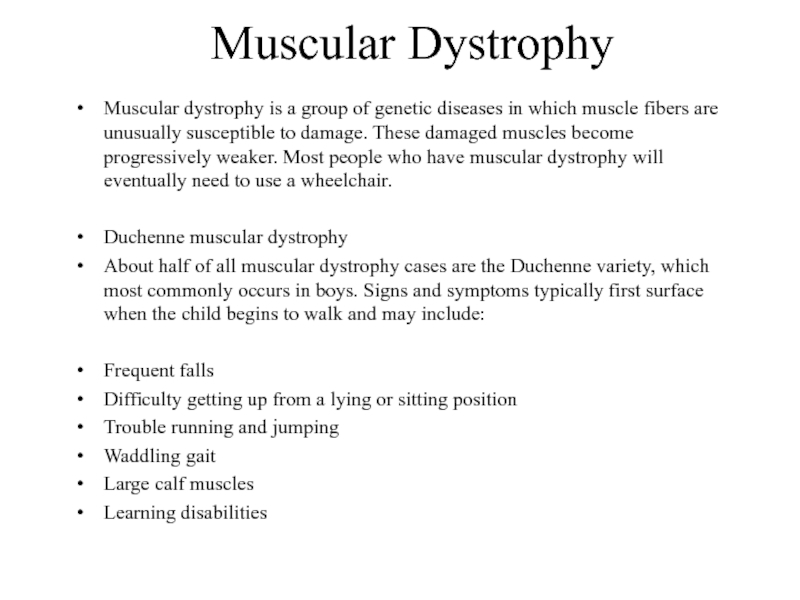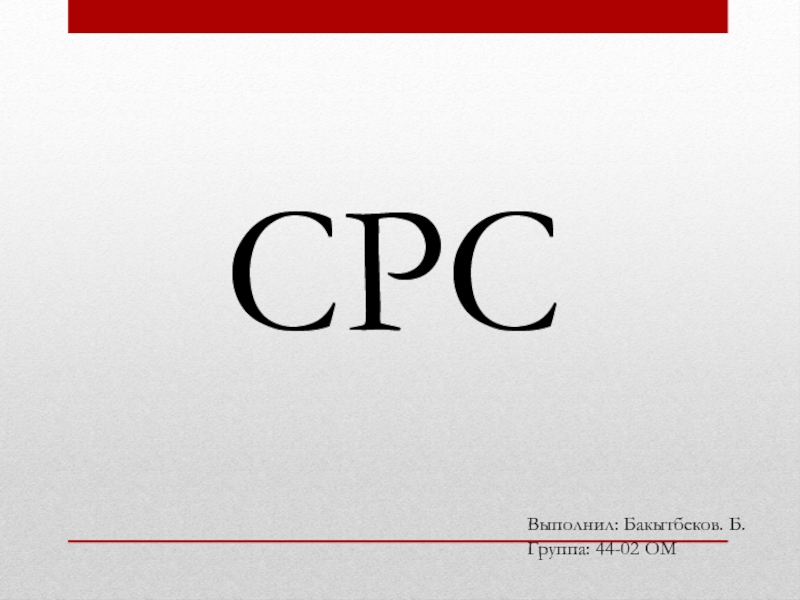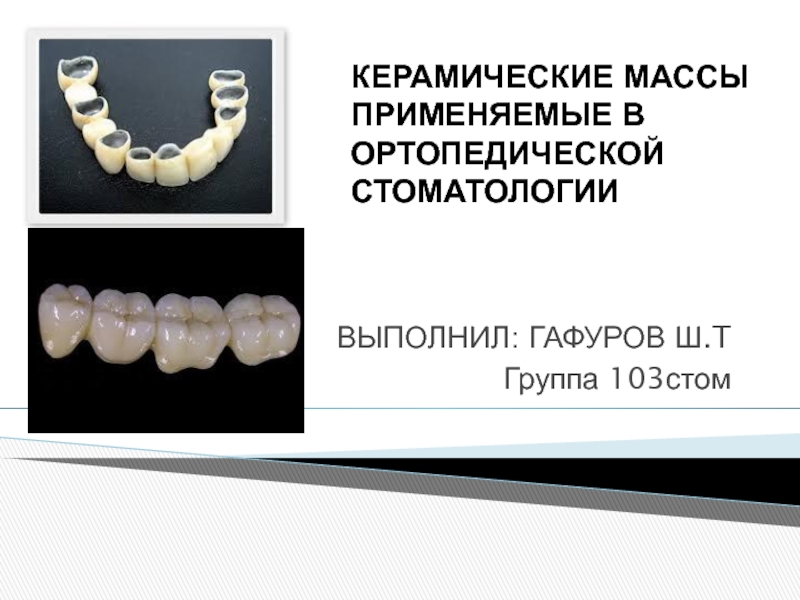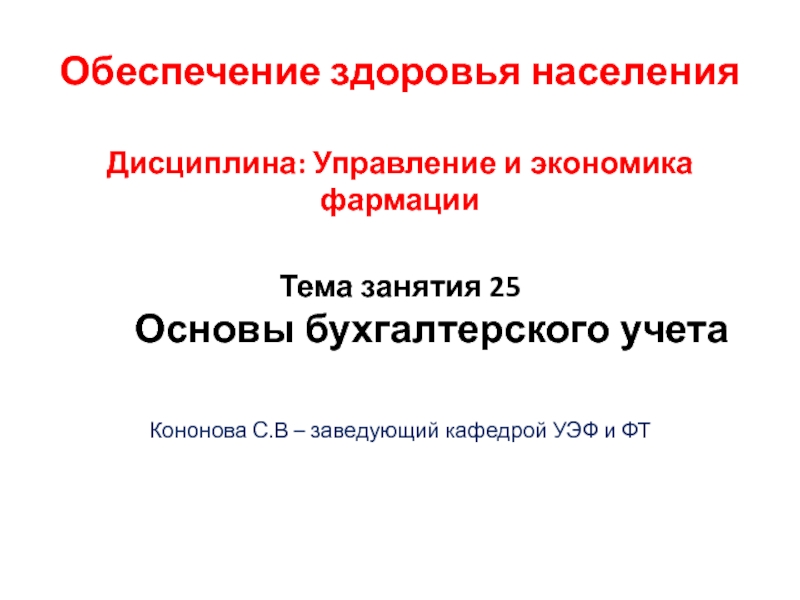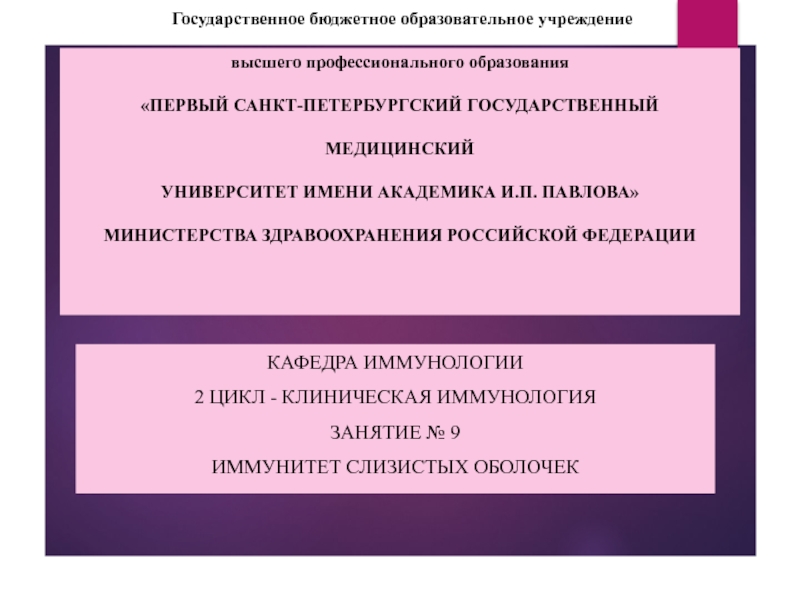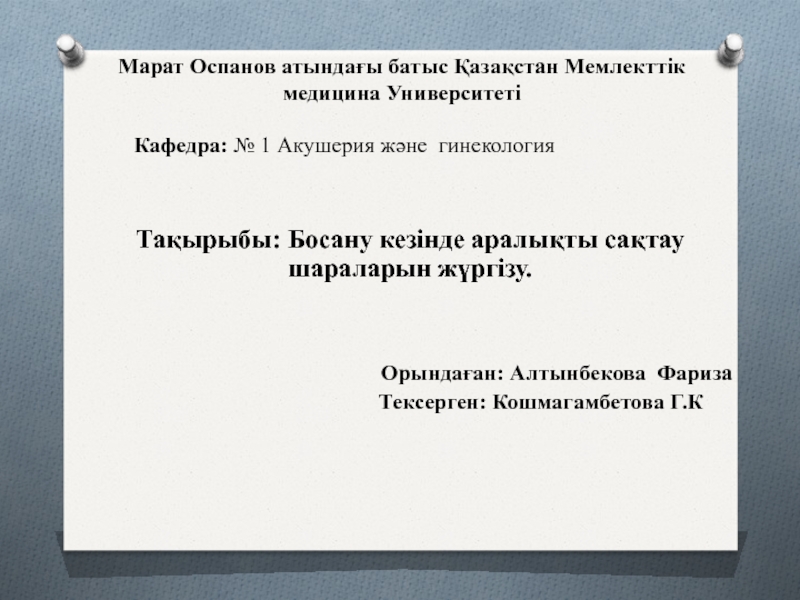Semey,2015
- Главная
- Разное
- Дизайн
- Бизнес и предпринимательство
- Аналитика
- Образование
- Развлечения
- Красота и здоровье
- Финансы
- Государство
- Путешествия
- Спорт
- Недвижимость
- Армия
- Графика
- Культурология
- Еда и кулинария
- Лингвистика
- Английский язык
- Астрономия
- Алгебра
- Биология
- География
- Детские презентации
- Информатика
- История
- Литература
- Маркетинг
- Математика
- Медицина
- Менеджмент
- Музыка
- МХК
- Немецкий язык
- ОБЖ
- Обществознание
- Окружающий мир
- Педагогика
- Русский язык
- Технология
- Физика
- Философия
- Химия
- Шаблоны, картинки для презентаций
- Экология
- Экономика
- Юриспруденция
Pathophysiology of loco-motor system презентация
Содержание
- 1. Pathophysiology of loco-motor system
- 2. The Skeletal System Copyright © 2003 Pearson
- 3. Functions of Bones Copyright © 2003 Pearson
- 4. Diseases and Conditions of the Skeletal System
- 5. Arthritis
- 9. Bursitis Inflammation of the Bursa (fluid
- 12. Tendonitis Sometimes the tendons become inflamed for
- 14. Carpal Tunnel Syndrome Any condition that causes
- 17. Osteoporosis Osteoporosis is a term that means
- 21. Scoliosis Scoliosis is an abnormal curvature of
- 26. Kyphosis With kyphosis, your spine may look
- 28. Lordosis A normal spine, when viewed from
- 30. Rickets Rickets is the softening and weakening
- 32. Acromegaly Acromegaly is a serious condition that
- 35. Muscle fatigue: decline in ability of a
- 36. Fibromyalgia Chronic muscle pain lasting longer than
- 37. Hernia Hernia: organ protrusion out of
- 38. Muscle Spasms (Involuntary hypertonicity) A muscle
- 39. Muscular Dystrophy Muscular dystrophy is a group
Слайд 1Semey State Medical University
SIW
Pathophysiology of loco-motor system
Prepared by: Mohammad Aquib 345
Checked
Слайд 2The Skeletal System
Copyright © 2003 Pearson Education, Inc. publishing as Benjamin
Parts of the skeletal system
Bones (skeleton)
Joints
Cartilages
Ligaments (bone to bone)(tendon=bone to muscle)
Divided into two divisions
Axial skeleton
Appendicular skeleton – limbs and girdle
Слайд 3Functions of Bones
Copyright © 2003 Pearson Education, Inc. publishing as Benjamin
Support of the body
Protection of soft organs
Movement due to attached skeletal muscles
Storage of minerals and fats
Blood cell formation
Слайд 9Bursitis
Inflammation of the Bursa (fluid filled sac surrounding the joint).
A
Bursitis is typically identified by localized pain or swelling, tenderness, and pain with motion of the tissues in the affected area.
Слайд 12Tendonitis
Sometimes the tendons become inflamed for a variety of reasons, and
The most common cause of tendonitis is overuse.
Слайд 14Carpal Tunnel Syndrome
Any condition that causes swelling or a change in
Слайд 17Osteoporosis
Osteoporosis is a term that means "porous bones." It is a
Слайд 21Scoliosis
Scoliosis is an abnormal curvature of the spine. If your child
Слайд 26Kyphosis
With kyphosis, your spine may look normal or you may develop
Слайд 28Lordosis
A normal spine, when viewed from behind appears straight. However, a
Слайд 30Rickets
Rickets is the softening and weakening of bones in children, usually
Some skeletal deformities caused by rickets may need corrective surgery.
Слайд 32Acromegaly
Acromegaly is a serious condition that occurs when the body produces
Слайд 35Muscle fatigue: decline in ability of a muscle to generate force
Correction
Nutrition – Maintain a well-balanced diet that includes complex proteins, fruits, vegetables, and carbohydrates.
Eating Schedule – Eat a light meal or snack about two hours before working out. It is not recommended to work out on a full stomach or an empty stomach. Make sure to eat within one hour after you work out. This will help repair and refuel the muscles that were broken down during exercise.
Hydration – Drinking water throughout the day and drinking sports drinks during exercise is crucial to prevent dehydration, electrolyte loss, and muscle fatigue.
Endurance – Improve your aerobic capacity. As your respiratory muscles begin to fatigue, oxygen will be redirected from the muscles of your limbs to those of your diaphragm
Body Mechanics – Use correct form when exercising
Слайд 36Fibromyalgia
Chronic muscle pain lasting longer than 3 months
Symptoms:
Fatigue
Headache
Numbness/tingling
Joint pain
Treatment Goal:
Pain Relief No
Treatment Modalities:
Massage Chiropractor Stretching
Sleep/Rest Relaxation techniques Pain Meds
Слайд 37Hernia
Hernia: organ protrusion out of a weak muscle
Types:
abdominal: organs protrude through
Inguinal: organs protrude in the inguinal area
Hiatal: stomach pushes through the diaphragm
Causes:
Anything that exerts increased pressure in the abdomen
(overweight, carrying or pushing heavy objects, persistent coughing or sneezing)
In addition, obesity, poor nutrition, and smoking, can all weaken muscles and make hernias more likely
Treatment:
Surgical repair
Слайд 38Muscle Spasms
(Involuntary hypertonicity)
A muscle spasm, or muscle cramp, is an involuntary
Treatment:
Prevention is key. Drink plenty of fluids and stretch prior to any strenuous activity or exercise. Once the spasm occurs stretching it out will usually alleviate the symptoms.
Слайд 39Muscular Dystrophy
Muscular dystrophy is a group of genetic diseases in which
Duchenne muscular dystrophy
About half of all muscular dystrophy cases are the Duchenne variety, which most commonly occurs in boys. Signs and symptoms typically first surface when the child begins to walk and may include:
Frequent falls
Difficulty getting up from a lying or sitting position
Trouble running and jumping
Waddling gait
Large calf muscles
Learning disabilities
